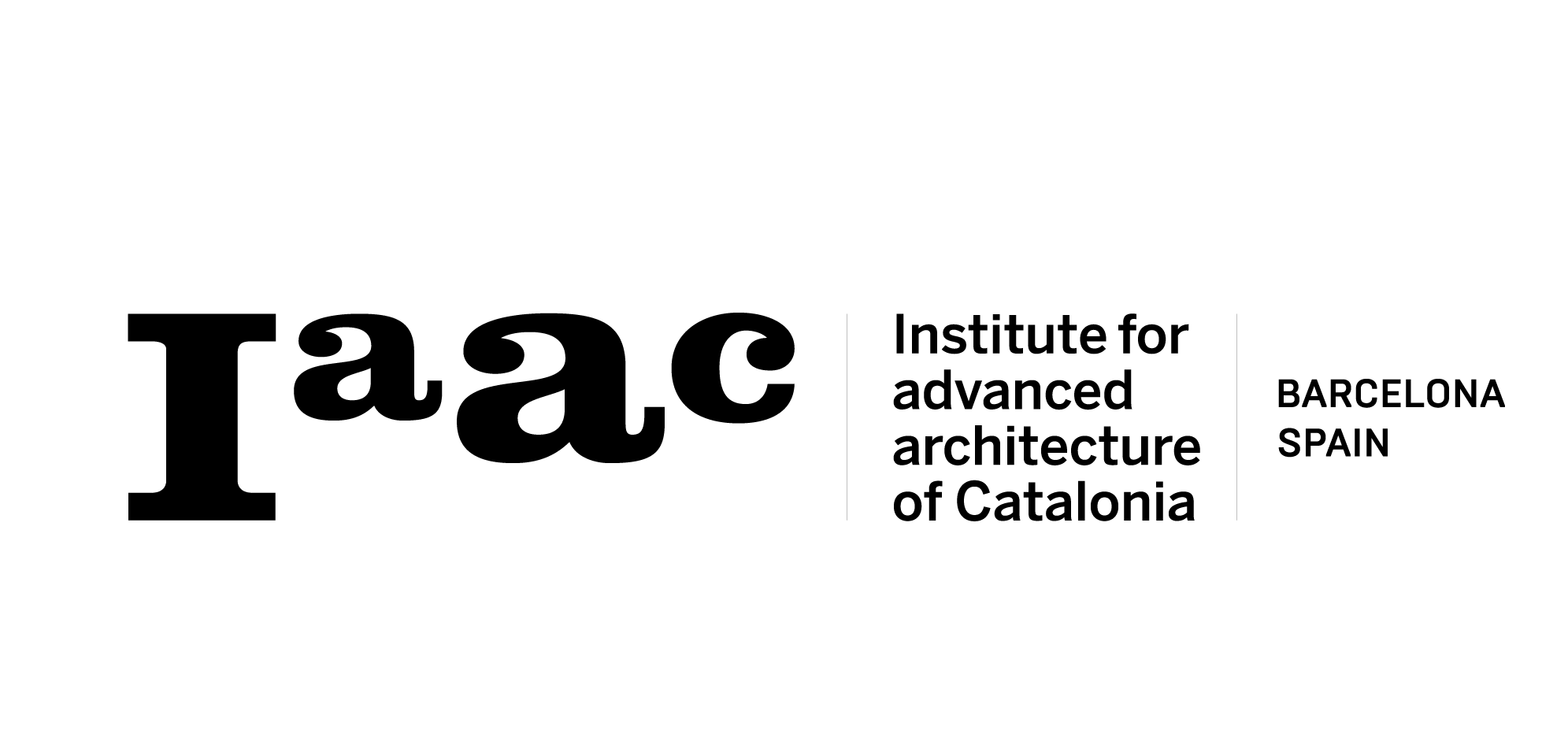︎ Home | About | Publications
︎ Home | About | Publications
Digitally Printed Auxetic
Earth Terrains
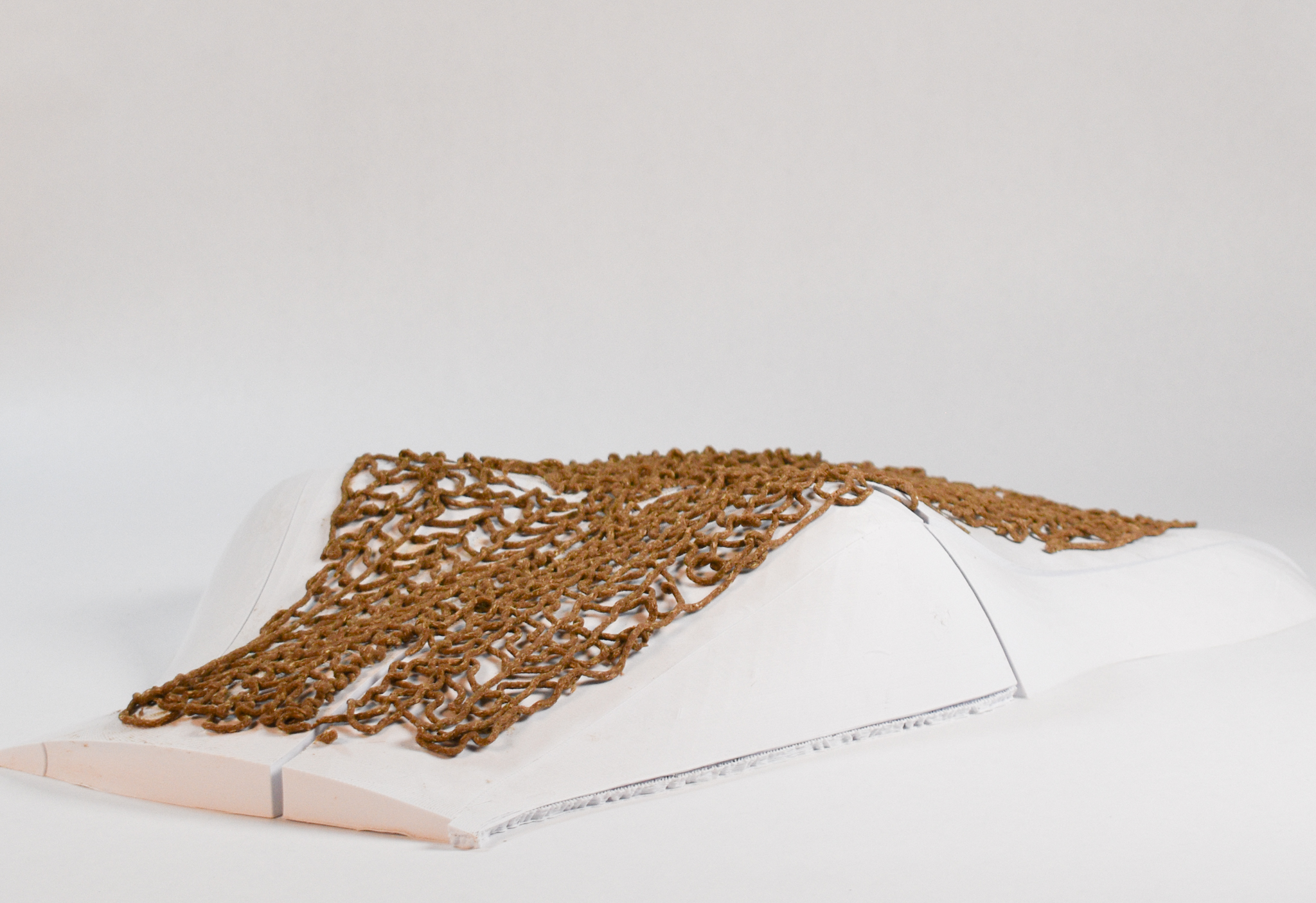
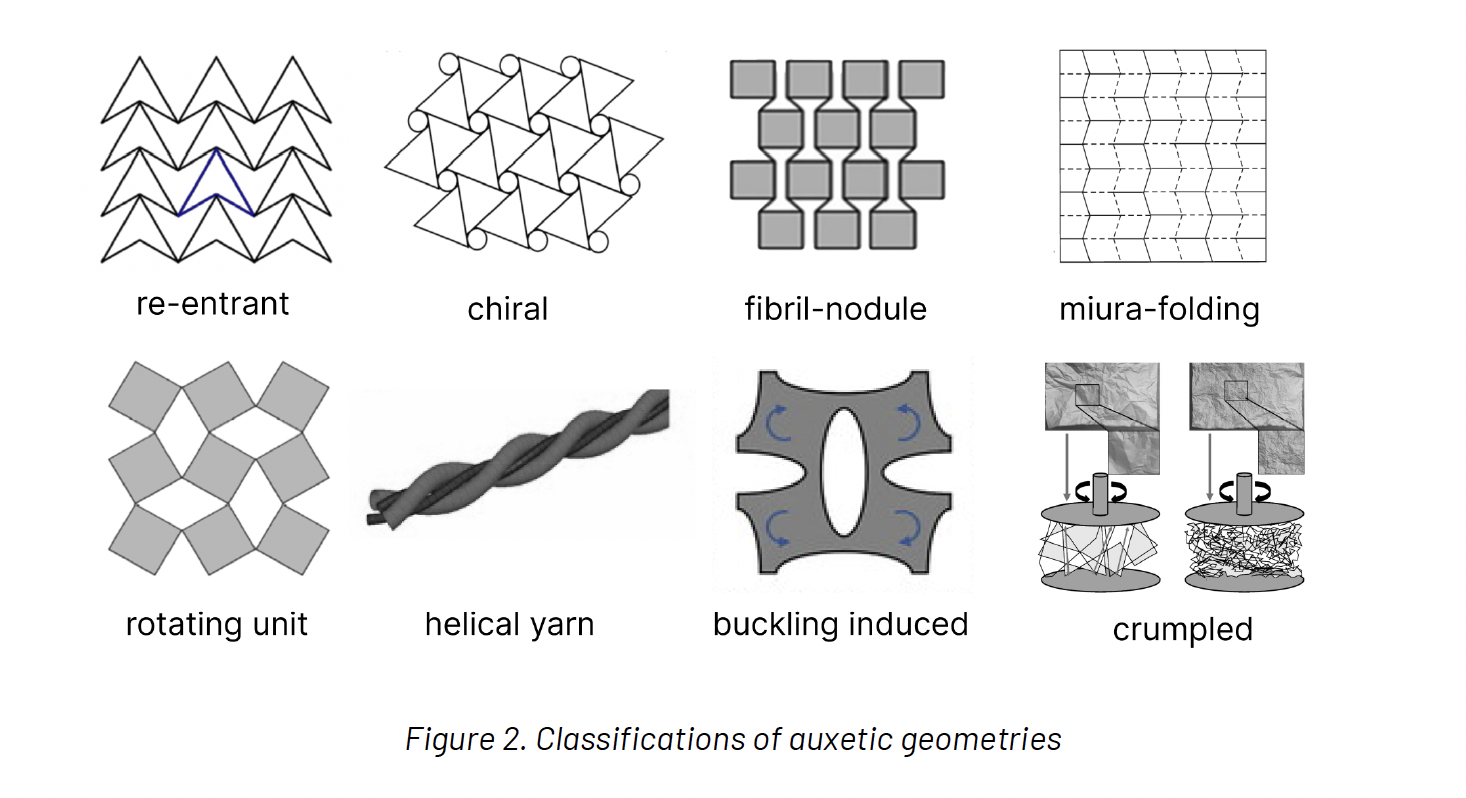
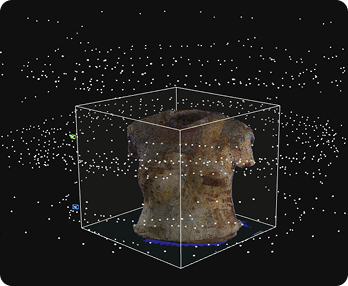


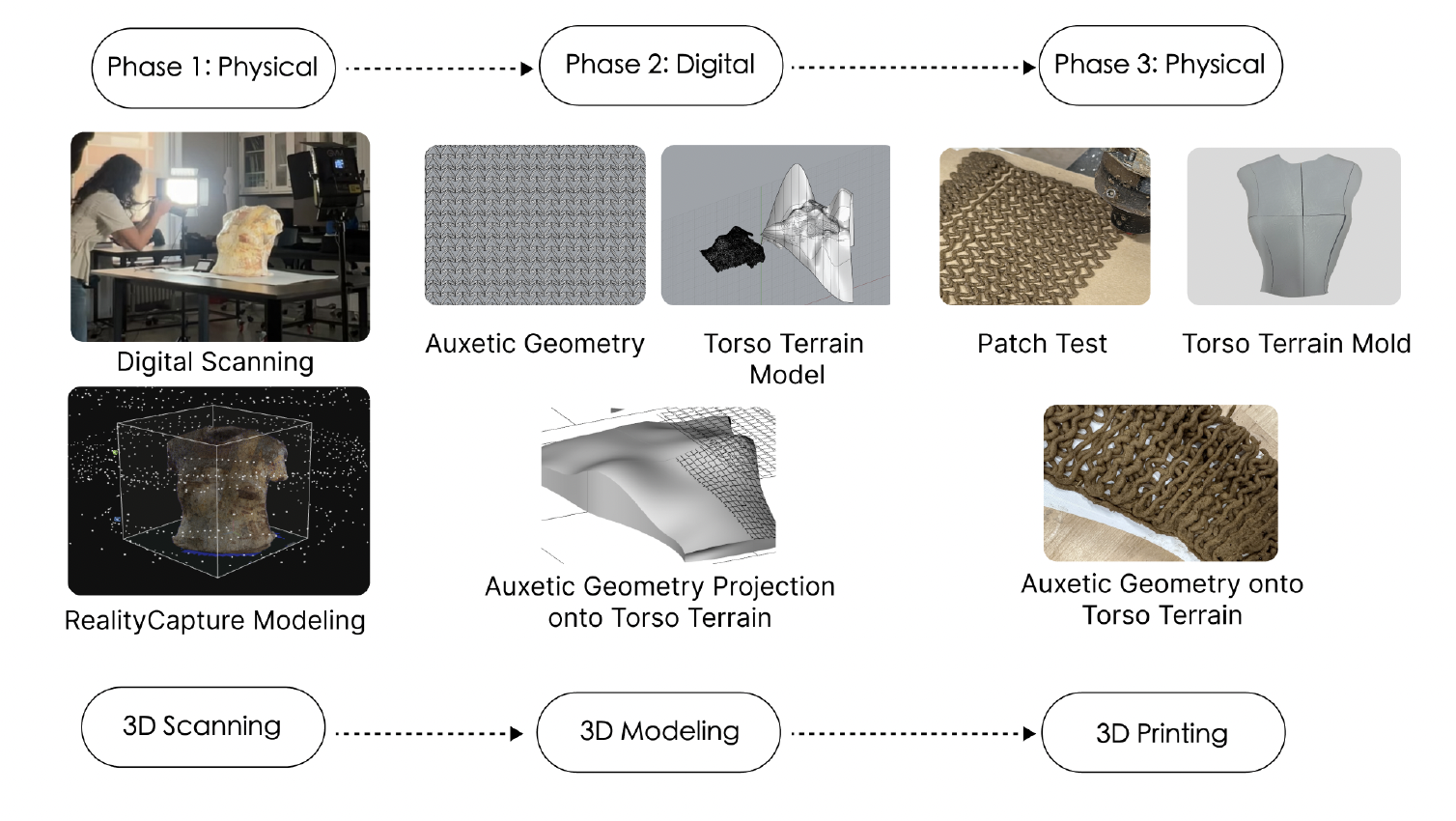
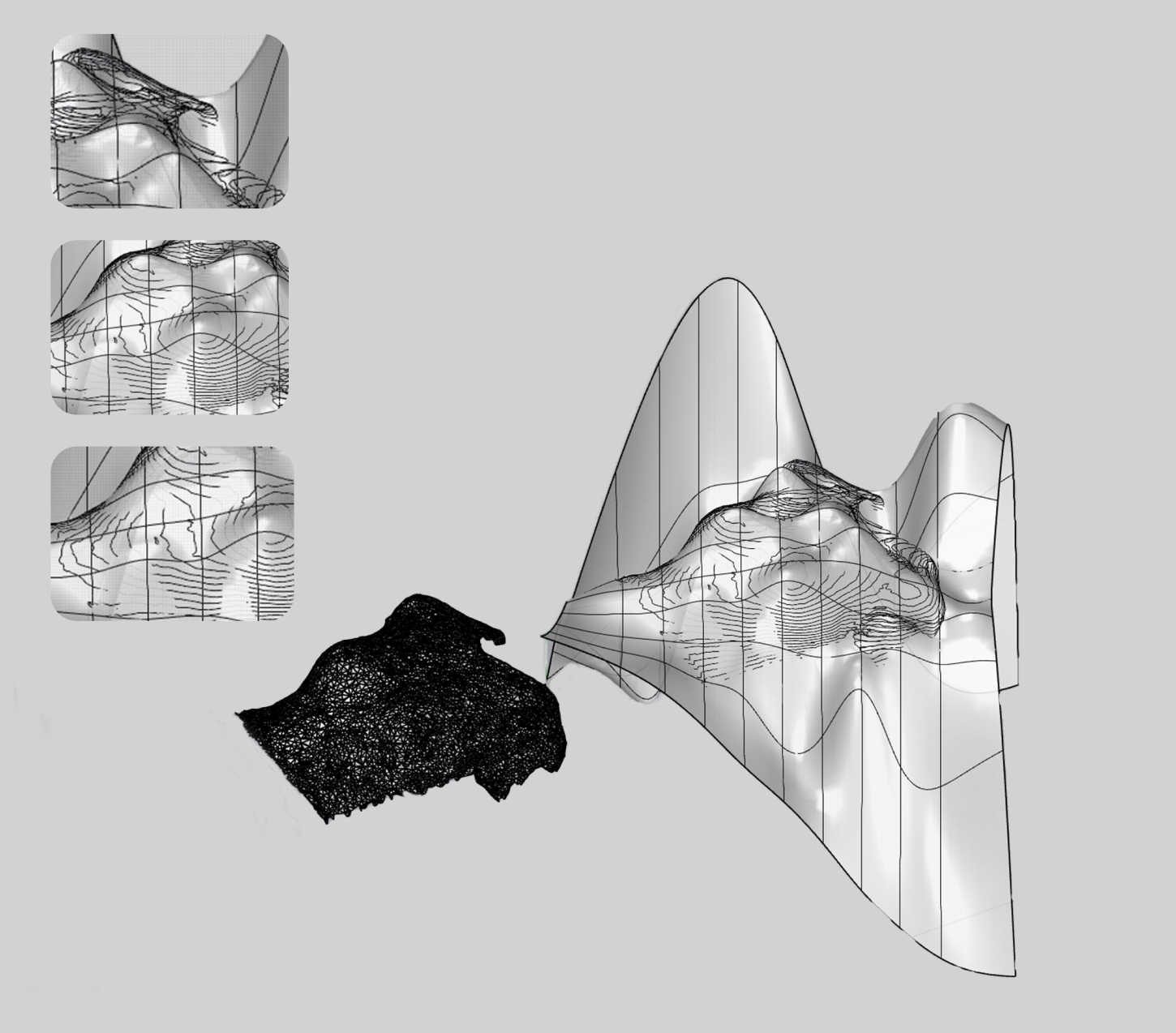





Guiding Questions
What does it mean to 3D print earth-fiber mix designs into auxetic geometric design sequences? How do you digitally translate physical artifacts? What might 3D scanned bodily torsos tell us about landscape terrains and earth-fiber material urban applications?
About
Auxetic geometries characteristically have a negative Poisson ratio which is defined by a geometric sequence that expands laterally (in width or thickness) when pulled in the direction perpendicular to a pulling force. This geometric characteristic affords unique properties, including energy absorption, resistance to fracture, and the ability to adapt to bending forces. Auxetic geometries have, therefore, been positioned as strategic design solutions for high performability applications, including crash protection, aerospace design, and urban infrastructure. In responsive boundary spaces, where the need for rapidly iterative and flexible material design are necessary in the face of climate change and environmental cataclysm urgencies, auxetic geometries offer a compelling future for architectural natural material contemporaries that also allow for biodegradability and nutrition to the land at the end of life. This paper presents an exploration of 3D printed auxetic-inspired geometries with natural earth- and fiber-based materials for architectural textiles. The methodology includes three steps: (1) a review of auxetic geometric behaviors, (2) 3D printed tests of two-dimensional patches using two earth-fiber mix-designs: locust bean-gum based and agar optimized with specific auxetic geometric design sequences, and (3)more elaborative auxetic-inspired earth-fiber geometries 3D printed directly onto the shape of a terrain, 3D scanned from a bodily torso “landscape” for continued speculation towards applications that are between urban and wearable applications.
Conference and Publications
Presented at the 2025 Responsive Cities; Design Matter(s) for Decarbonization Conference by the Institue for Advanced Architecture of Catalonia.
Collaborations
Sherry Ain Te, Columbia University Graduate School of Architecture
Lola Ben-Alon, Natural Materials Lab
